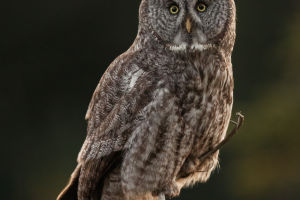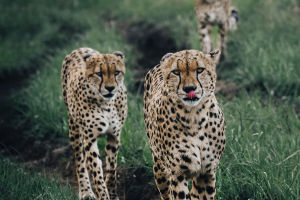Hummingbirds are remarkable birds that are native to the Americas. They are known for their small size and the buzzing sound they make when they fly, which resembles the sound of bees.
Despite their small size, hummingbirds have a number of unique features and adaptations that allow them to thrive in their environments.
One of the most interesting things about hummingbirds is their evolutionary history. Because they are so small, their skeletons are too fragile to be preserved as fossils. However, scientists have discovered the world's oldest hummingbird fossil in southern Germany, which is more than 30 million years old.
This suggests that the ancestors of hummingbirds appeared as far back as the Oligocene and the common ancestor of modern hummingbirds was estimated to have lived in some parts of South America 22.4 million years ago.
Hummingbirds are among the smallest birds, with the smallest extant hummingbird only 5 cm (2.0 inches) and weighing less than 2.0 grams. They have blue or green feathers with lighter underparts, and some males have crests or slender tail feathers. Among male birds, most are blue-green, and some are purple, red, or yellow. The body plumage of the female bird is darker.
Like other birds, hummingbirds do not have a well-developed olfactory system and rely primarily on vision. They are sensitive to UV light at 325-360 nanometers, which makes it easier for them to find some flowers with a UV spectrum.
Hummingbirds are the only birds that can fly backward, and they consume food approximately twice their size to cope with their daily high-intensity exercise.
The reason why hummingbirds have super high flying ability has a great relationship with four aspects: lightweight, high frequency of wing flapping, flexible shoulder joints, and super sense of balance. Hummingbird wings have a high frequency of flight, beating 54 times per second.
Hummingbirds flap 75 times per second when they are vertically ascending, descending, or advancing. Hummingbirds rely on the rapid flapping of their wings to fly and hover, which allows them to perform magical "flying stunts".
Another distinctive feature of hummingbirds is their long, pointed beaks, which can penetrate deep into flowers to suck nectar and eat insects. Hummingbirds also have very special tongues that can be extended and forked to explore the depths of flowers and drink nectar.
Despite their abundance, hummingbirds also face many threats, such as habitat destruction, climate change, and hunting. To protect hummingbirds, people can create wildlife sanctuaries, limit hunting and trade, and set up hummingbird feeders in their homes to help hummingbirds get food and improve their survival rate.
Hummingbirds are fascinating birds that have adapted to their environments in unique and impressive ways. By learning more about these birds and taking steps to protect them, we can help ensure that they continue to thrive in the future.


